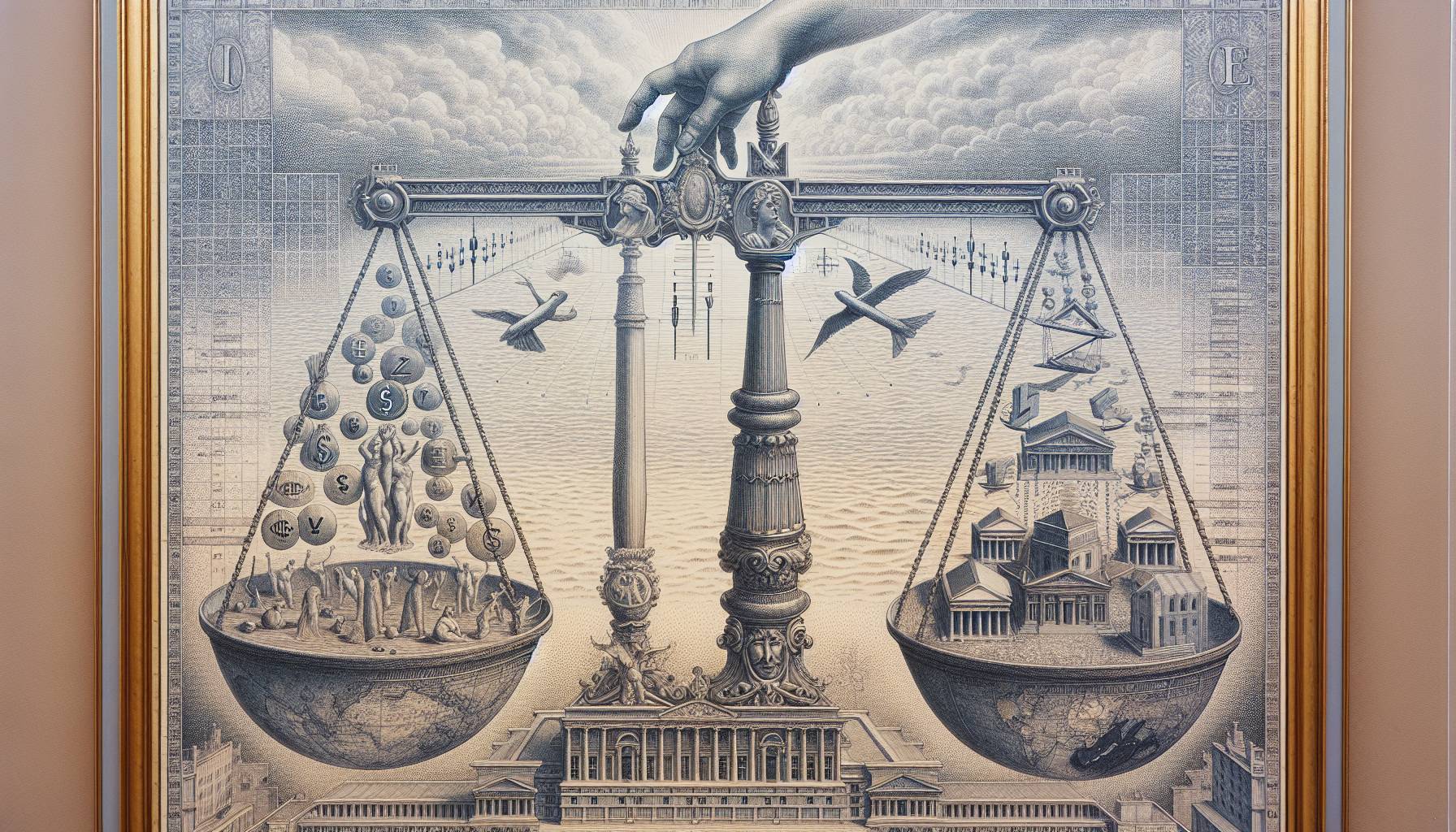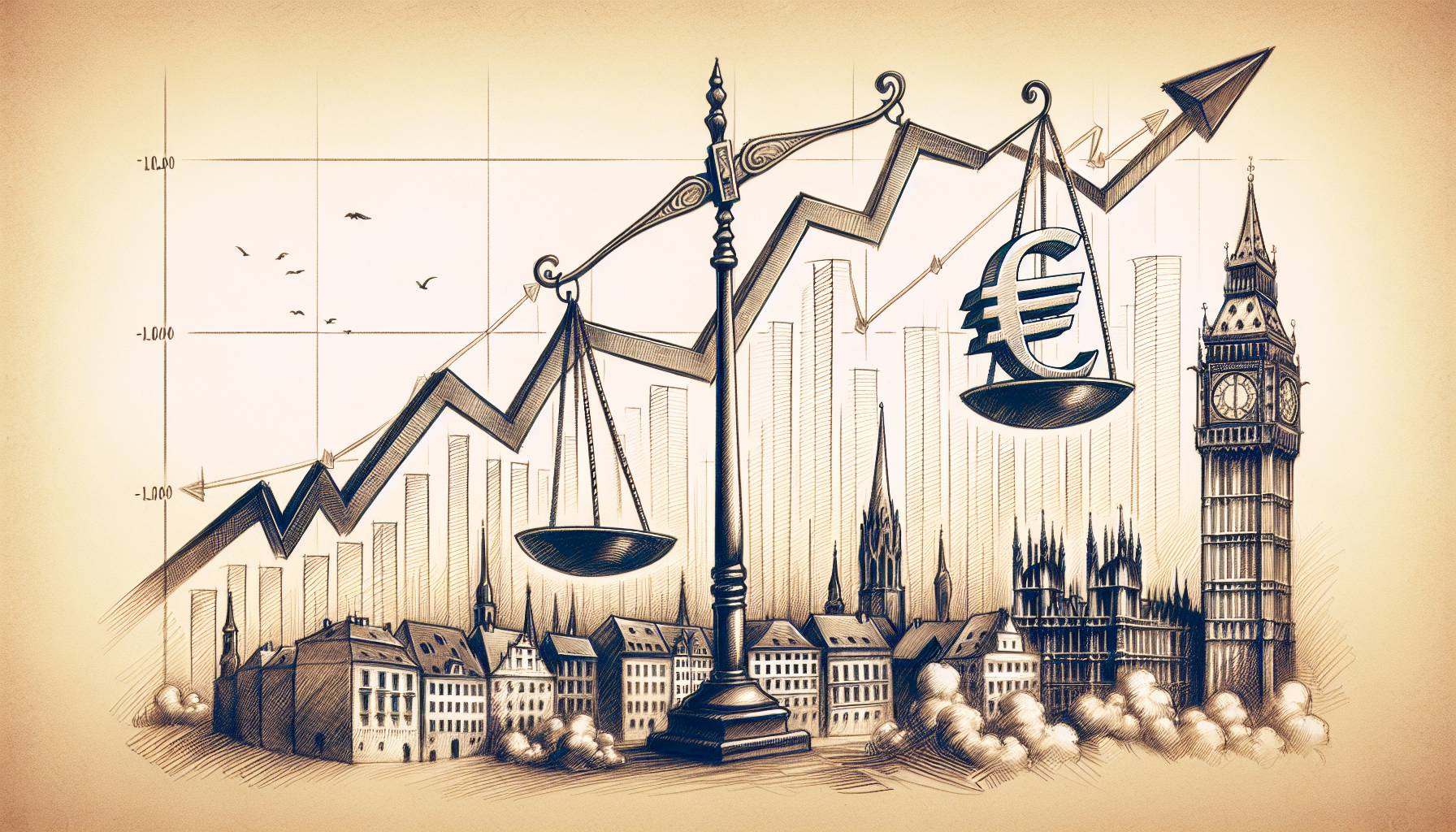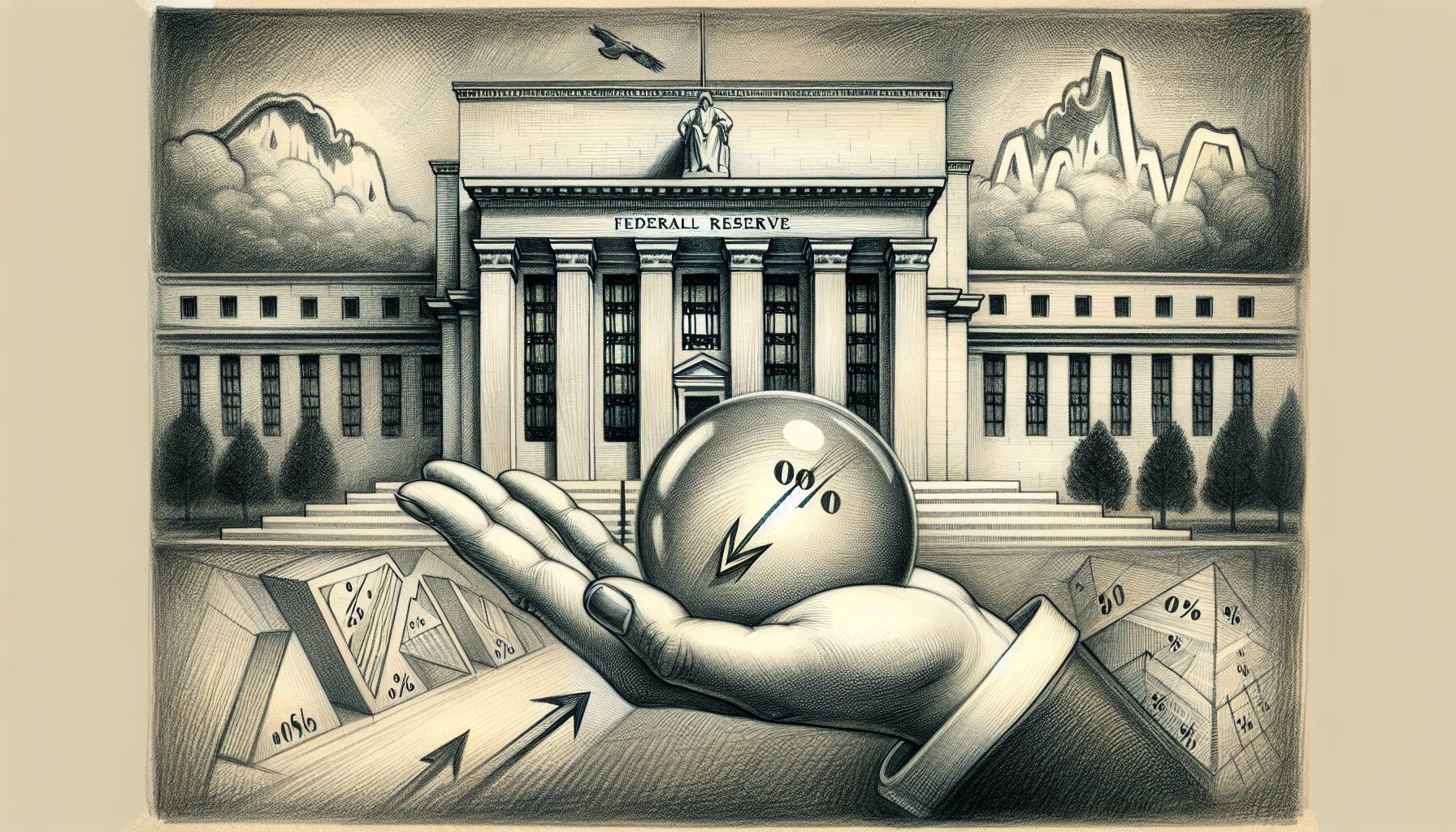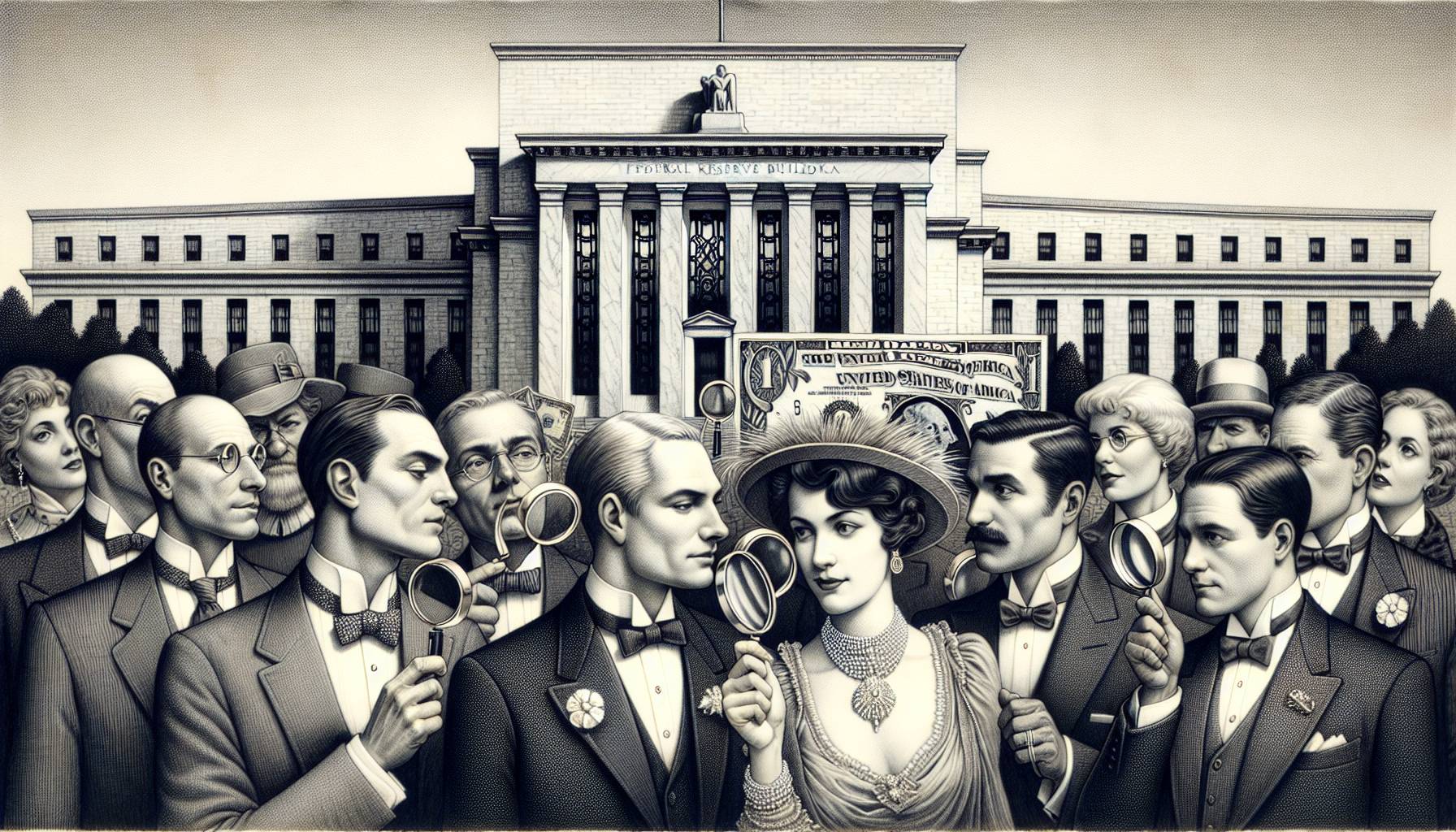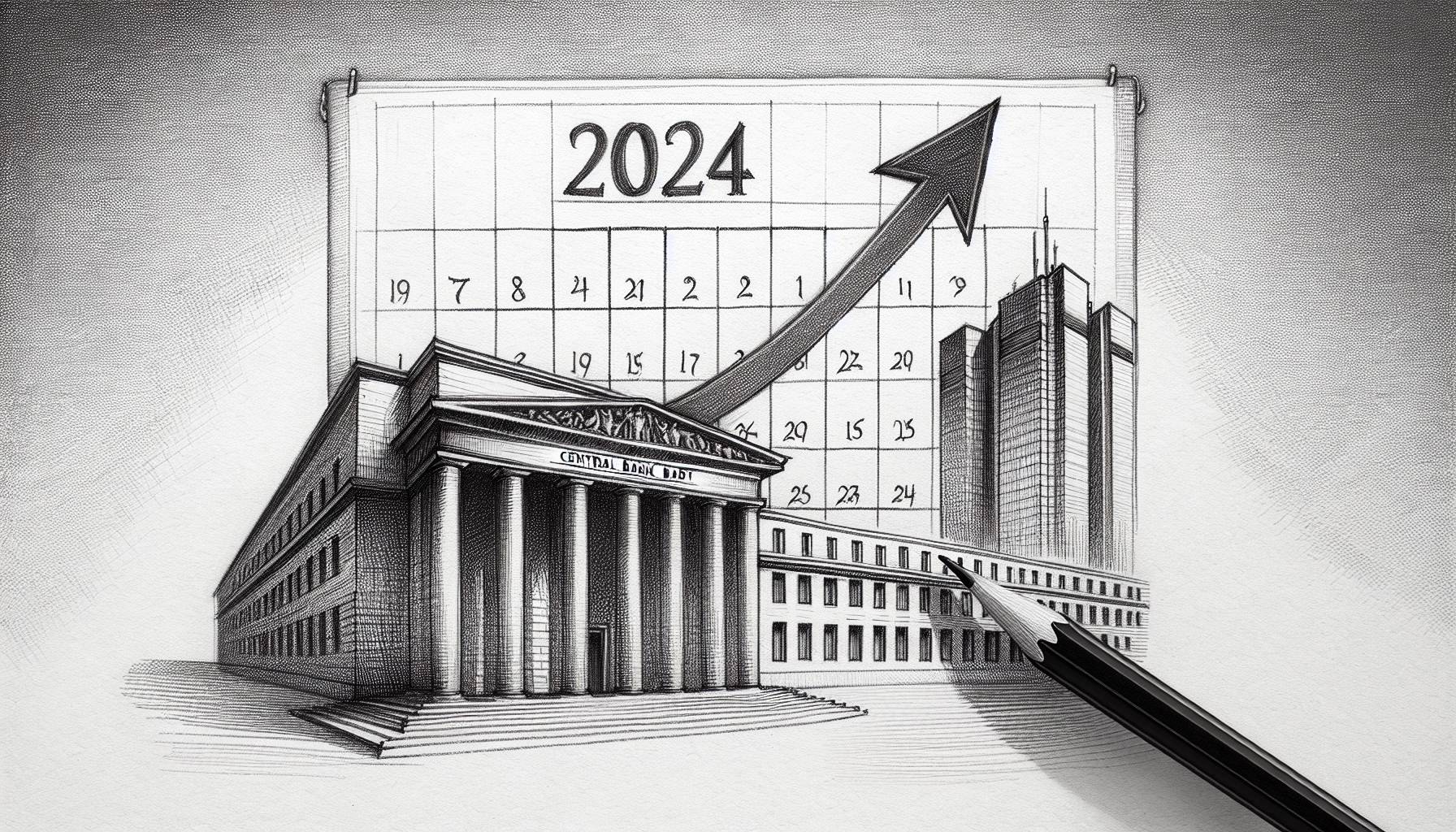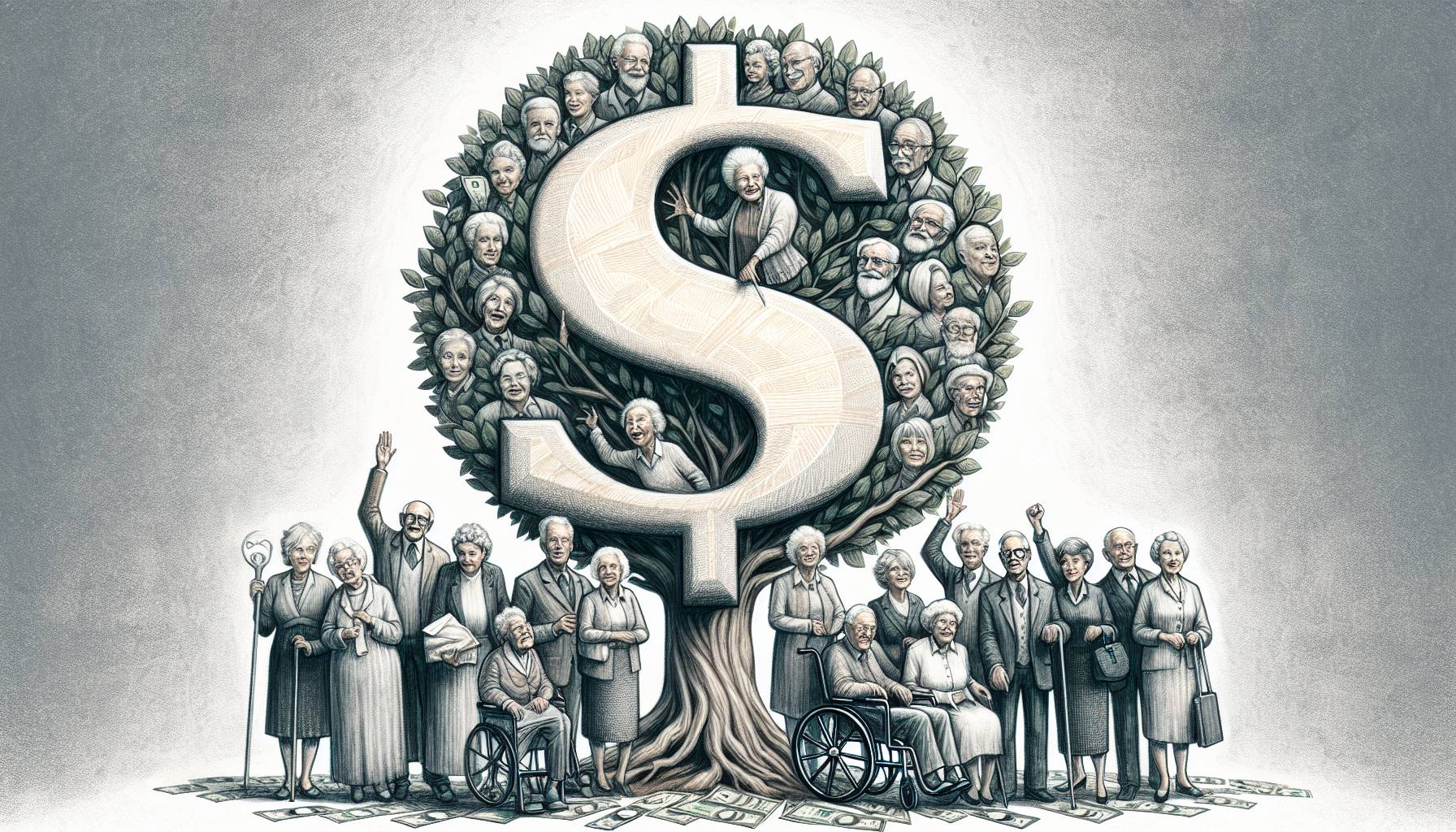The entertainment industry is no stranger to strikes, with the recent Writers Guild of America (WGA) strike in 2023 still fresh in our minds. But now, another major strike is on the horizon, and it has the potential to spark a revolution in Hollywood. The Screen Actors Guild-American Federation of Television and Radio Artists (SAG-AFTRA) is gearing up for a battle against the powerful studios represented by the Alliance of Motion Picture and Television Producers (AMPTP). This article will delve into the reasons behind the strike, the demands of the actors, and the potential impact it could have on the industry.
The discontent among SAG-AFTRA members has been brewing for some time now and a SAG strike is imminent. The advent of the streaming model has disrupted the traditional revenue streams, leaving many actors struggling to make a decent living. The rise of artificial intelligence (AI) in the industry is also a concern, as actors fear being replaced by digital counterparts. These issues, among others, have led to mounting frustration among the 160,000 members of SAG-AFTRA.
At the heart of the strike are demands for fair pay and transparency. SAG-AFTRA members want to ensure that they receive their fair share of the profits generated by their work. Residual payments, which have long been a bone of contention in the industry, are also a key issue. Actors want to know how their work is being monetized and are demanding more transparency from the studios regarding viewership data.
The studios, represented by the AMPTP, initially seemed eager for a strike. Speculations abound regarding their motivations, from saving money in the short term to asserting their dominance over the unions. However, recent unforced errors by studio executives have shifted the tide. Anonymous executives were quoted in a Deadline story detailing a strategy to bleed striking writers until they surrender. This revelation only served to galvanize the resolve of SAG-AFTRA members and turned public opinion against the studios.
The public relations war between the studios and SAG-AFTRA took a turn for the worse when Disney CEO Bob Iger made dismissive remarks about the union’s demands. He claimed that the union’s refusal to accept a lesser deal was “very disturbing” and accused them of adding to the challenges faced by the industry. This attempt to exec-splain the situation backfired, with SAG-AFTRA President Fran Drescher seizing the opportunity to deliver a scathing speech, labeling the studios as “greedy” and “on the wrong side of history.”
The backlash against the studios has only strengthened the solidarity among SAG-AFTRA members and other labor groups. The 20,000 members of the WGA, who recently faced their own strike, share many of the same concerns as the actors. The support from high-profile figures in the industry, such as the cast of “Oppenheimer” and the writers and cast of “The X-Files,” further highlights the unity among entertainment professionals. The criticism of studio executives’ exorbitant salaries has also placed the labor conflict at the center of the conversation about wealth disparities in the U.S.
Some seasoned professionals in the field have advocated for harsh action amid the rising tensions for a SAG strike. Former Hollywood studio head Barry Diller proposed that executives and high-paid performers take a 25% pay reduction to terminate the strikes and stop the industry from collapsing. This approach emphasises the seriousness of the situation even though it may sound severe. Change is obviously required, and the studios must pay attention if they want to prevent a full-fledged revolution.
As the labor conflict intensifies, the absence of strong leadership in Hollywood becomes apparent. Executives like Peter Chernin and Bob Iger, who were once seen as reasonable and influential figures during the 2007-08 writers’ strike, are no longer viewed in the same light. Their dismissive attitudes and unwillingness to compromise have diminished their credibility as potential mediators. The search for a leader who can bridge the gap between the studios and the unions continues.
Social media has become a game-changer in labor disputes, making everything more immediate, incendiary, and personal. The days of picketers shouting noncomplimentary things at executives as they enter their lots are long gone. Now, the power of social media amplifies the voices of striking actors and exposes the wealth disparities in the industry. Historical illustrations of monarchs growing fat as their people starve serve as a stark reminder that change is long overdue.
Amidst the chaos and uncertainty, one thing is clear: the studios cannot afford a full-blown revolution. To prevent further damage, they must offer SAG-AFTRA members contracts they can live with. Fair pay, transparency, and respect for the contributions of actors are not unreasonable demands. The studios must heed the warning signs and work towards a resolution that benefits all parties involved. Failure to do so may result in a revolution that could reshape the industry for years to come.
The SAG strike has the potential to be a turning point in Hollywood’s history. The demands for fair pay and transparency strike at the heart of the industry’s long-standing issues. With the support of other labor groups and the power of social media, the actors are poised to make a lasting impact. The studios must recognize the urgency of the situation and work towards a resolution that addresses the actors’ concerns. The revolution is brewing, and the studios must act before it’s too late.
First reported by The Los Angeles Times.







